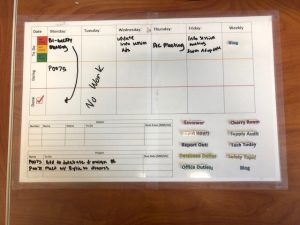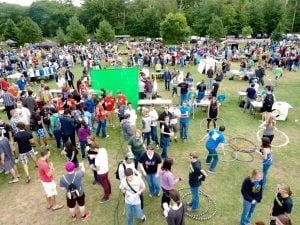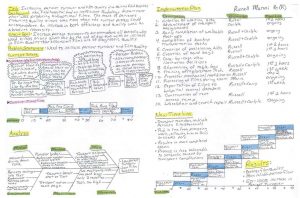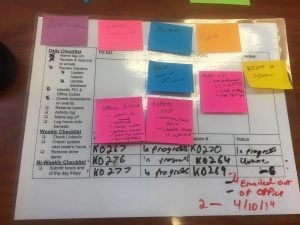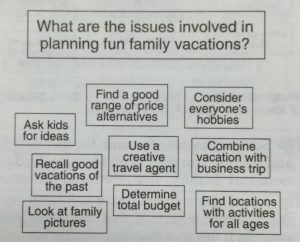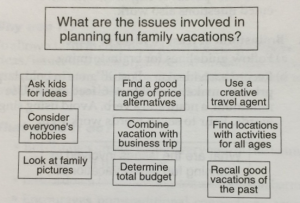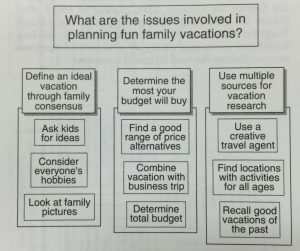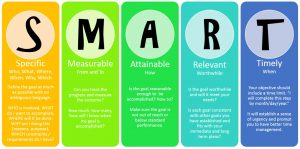Sometimes it can be hard to really grasp the concept of what Lean is and what it really means to use it, and it can be even harder to explain Lean to someone else. When I say I have an on-campus job many of my peers give the normal response of “where do you work?” and to that I reply with “The Office of Continuous Improvement.” While I get a couple responses to this like “Where is that at?” or “I didn’t know we had one of those,” the most common response I experience is “What do you do there?” When I first started working as a Student Process Improvement Coordinator I would just reply with “oh, I help do Lean for the school.” But after seeing the confused look on peoples’ faces I realized that they probably had no idea what I was talking about and I was going to have to start explaining what Lean was. So, I started thinking about how to describe Lean in my own words with out using any Lean lingo.
To me, Lean is a complex concept that ultimately always puts the customer and people first. Lean is based on waste elimination, respect for people and customer value. In Lean practices, it is important to simplify and standardize everything, to stream line it. In the end Lean should be more of a culture or a way of life than a practice or set of rules. I feel as if Lean is hard to define. The more information I’m introduced to the more broad Lean is and the more it can include.
I’m sure many others have different definitions of Lean than mine but that is kind of the interesting aspect of it. Lean is such a broad topic that encompasses so many aspects of our day-to-day lives. It’s much more than the tools and terms–its a way of thinking and a culture, which is why it is so hard to describe and define. So, what is your definition of Lean and Continuous Improvement?


